Wing Haven Gardens and Bird Sanctuary is a hidden gem in the heart of Charlotte, North Carolina. This three-acre urban oasis in the historic Myers Park neighborhood offers visitors a unique blend of Southern horticulture, wildlife conservation, and environmental education. Founded in 1927 by Elizabeth and Edwin Clarkson, Wing Haven has evolved into a beloved community resource that inspires a passion for the natural world. With its lush gardens, diverse bird population, and rich history, Wing Haven provides a serene escape from bustling city life, inviting visitors of all ages to discover the wonders of nature and experience the legacy of Southern gardening traditions.
Highlights
- Three distinct gardens: Wing Haven Garden & Bird Sanctuary, Elizabeth Lawrence House & Garden, and SEED Wildlife & Children's Garden
- Over 150 bird species are spotted annually
- Educational programs and events for all ages
Contents
 Photo: https://www.facebook.com/WingHaven
Photo: https://www.facebook.com/WingHaven
Here is Why Your Kids Will Find it Interesting
Wing Haven Gardens and Bird Sanctuary are worth visiting with kids aged 5-12 curious about nature and wildlife. The SEED Wildlife & Children's Garden offers hands-on exploratory learning experiences that spark young imaginations. Children can observe birds up close, learn about native plants, and discover the interconnectedness of ecosystems. The garden's winding paths, hidden nooks, and water features create an enchanting environment like a real-life secret garden, encouraging kids to explore and connect with nature.
Family-friendly features
- SEED Wildlife & Children's Garden with interactive learning stations
- Bird-watching opportunities with kid-friendly identification guides
- Seasonal family events and workshops
History and Founders
Elizabeth and Edwin Clarkson's vision for Wing Haven began in 1927 when they moved to their newly built home on a bare clay field in Charlotte. Passionate about birds and gardening, the couple set out to create a sanctuary that would attract and protect wildlife while showcasing the beauty of Southern horticulture.
Elizabeth, a skilled gardener and bird enthusiast, carefully designed the landscape, considering aesthetics and functionality. She incorporated native plants, water features, and nesting sites to create an ideal bird and wildlife habitat. Edwin supported her vision, helping to construct the garden's iconic brick walls and paths.
Discovery Place Nature is 1,5 km away, which we recommend to visit with children.
Over the years, the Clarksons' dedication to organic gardening and wildlife conservation gained recognition. Elizabeth became known for her keen observations of bird behavior and efforts to protect them from harmful pesticides. She was even said to have recognized the dangers of DDT before the publication of Rachel Carson's "Silent Spring" in 1962.
In 1970, the Clarksons donated their beloved garden to the Wing Haven Foundation, ensuring its preservation for future generations. The transition to a public garden allowed more people to experience the beauty and tranquility of this urban oasis while maintaining the Clarksons' original vision.
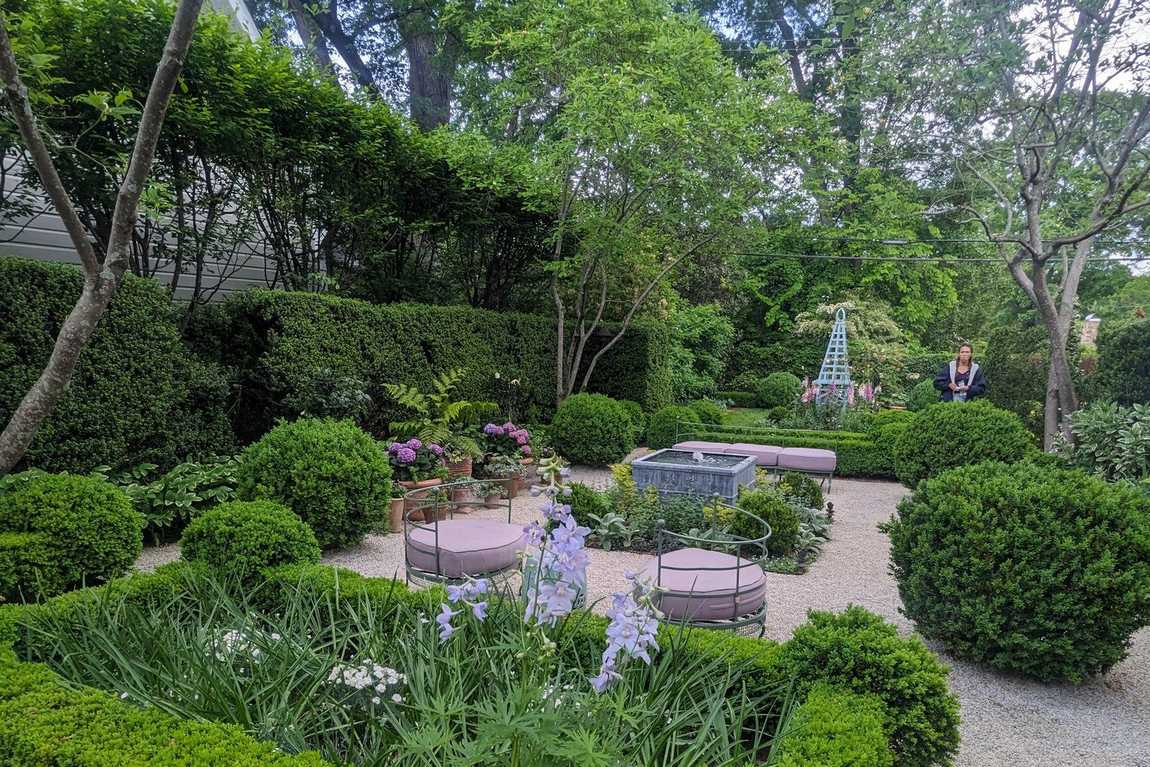 Photo: https://www.facebook.com/WingHaven
Photo: https://www.facebook.com/WingHaven
Garden Features
Wing Haven's three-acre landscaped sanctuary is a testament to thoughtful garden design and environmental stewardship. The garden's layout resembles a Cross of Lorraine, with a long central path intersected by two shorter perpendicular paths. This design creates distinct garden rooms and vistas, each offering a unique experience for visitors.
Key features of the garden include:
- Brick walls and paths: These provide structure and create intimate spaces within the garden.
- Fountains and water features: Strategically placed to attract birds and create a soothing atmosphere.
- Native plants and trees: Carefully selected to provide food and shelter for wildlife.
- Bird-friendly environment: Includes birdhouses, feeders, and nesting sites.
The garden's plant selection reflects a mix of native and non-native species chosen for their ability to support wildlife and thrive in the Southern climate. Visitors can admire various trees, shrubs, perennials, and annuals that change with the seasons, providing year-round interest and habitat value.
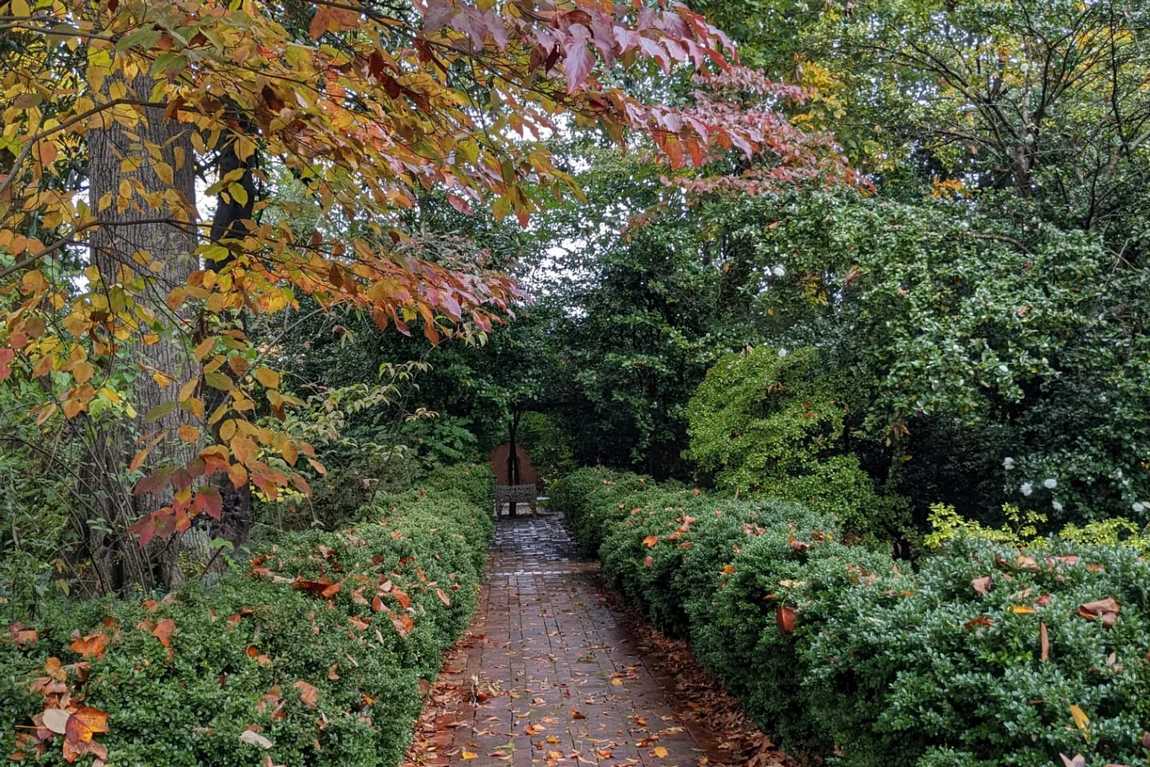 Photo: https://www.facebook.com/WingHaven
Photo: https://www.facebook.com/WingHaven
Wildlife at Wing Haven
Wing Haven's primary focus on creating a bird-friendly environment has resulted in an impressive diversity of avian visitors. Over 150 bird species have been spotted in the sanctuary, making it a designated eBird hotspot recognized by the Cornell Lab of Ornithology and the National Audubon Society.
Some bird species commonly seen at Wing Haven include cardinals, chickadees, woodpeckers, bluebirds, and hummingbirds. In addition to birds, the garden provides a habitat for other wildlife, including squirrels, chipmunks, butterflies, bees, and other pollinators.
The sanctuary supports migratory birds, offering them a haven during their long journeys. This aspect of Wing Haven highlights the importance of urban green spaces in wildlife conservation efforts.
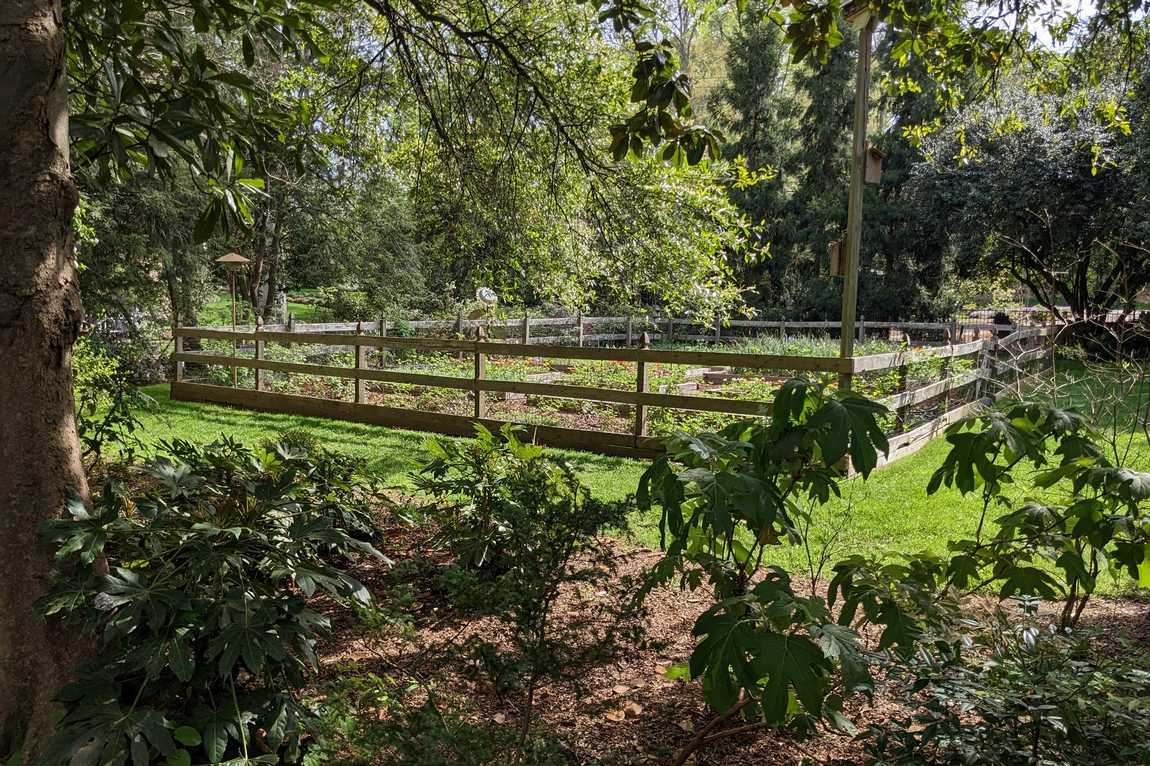 Photo: https://www.facebook.com/WingHaven
Photo: https://www.facebook.com/WingHaven
Notable Garden Elements
Wing Haven comprises three distinct gardens, each with its unique character and purpose:
- Wing Haven Garden & Bird Sanctuary:
- Features the original Clarkson garden
- Home to champion trees, including a massive Tulip Poplar
- It contains an English sundial from 1705 and various terra cotta pieces
- Elizabeth Lawrence House & Garden:
- Former home of renowned garden writer Elizabeth Lawrence
- Listed on the National Register of Historic Places
- Showcases Lawrence's experimental approach to Southern gardening
- SEED Wildlife & Children's Garden:
- Opened in 2018
- Designed for hands-on learning and exploration
- Focuses on native plants and wildlife habitats
Other notable elements include:
- Madonna and Child sculpture
- Saint Fiacre statue (patron saint of gardeners)
- Champion Pin Chastetree (Vitex agnus-castus)
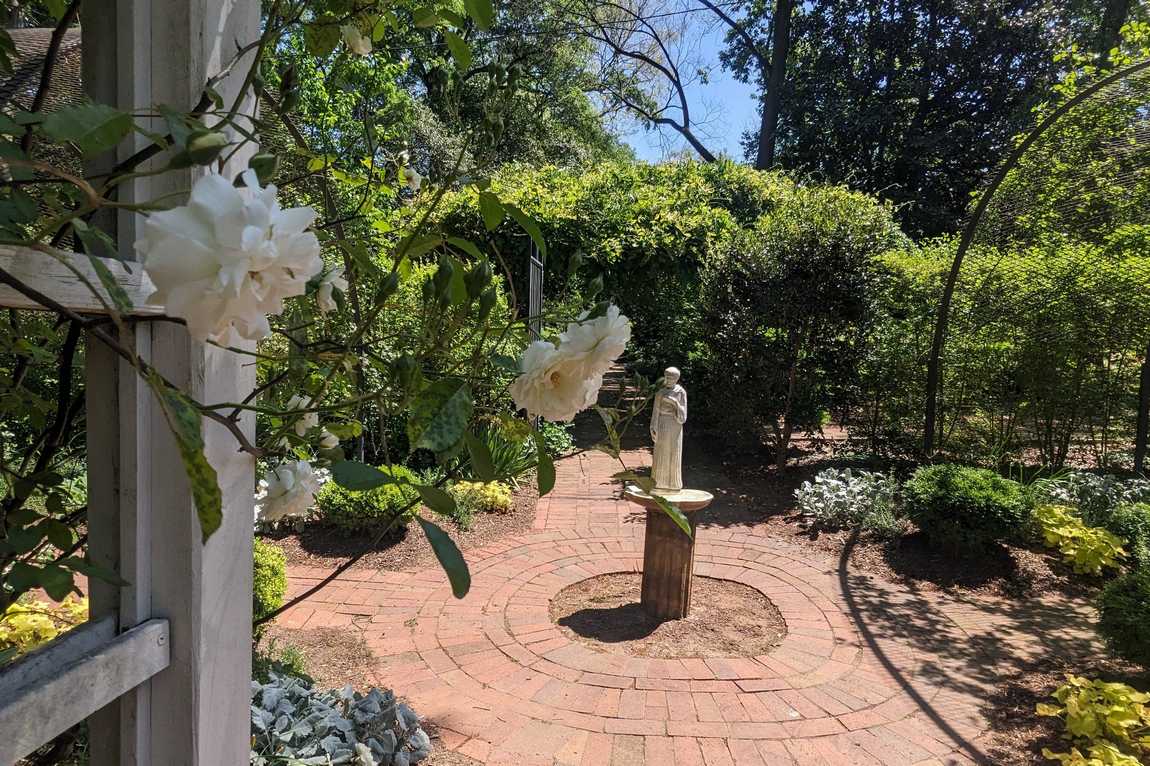 Photo: https://www.facebook.com/WingHaven
Photo: https://www.facebook.com/WingHaven
Visitor Experience
Wing Haven offers a range of experiences for visitors of all ages and interests:
- Guided tours: Led by knowledgeable volunteers who share the garden's history and highlight seasonal points of interest.
- Self-guided tours: Allow visitors to explore at their own pace using informative brochures.
- Educational programs: Workshops, lectures, and classes on gardening, bird watching, and environmental conservation.
- Garden Gala: An annual fundraising event celebrating the garden's beauty and mission.
- Wellness Wednesday activities: Special hours dedicated to mindfulness and relaxation in the garden setting.
The garden's nursery shop offers a selection of plants and garden-related merchandise, allowing visitors to take a piece of Wing Haven home.
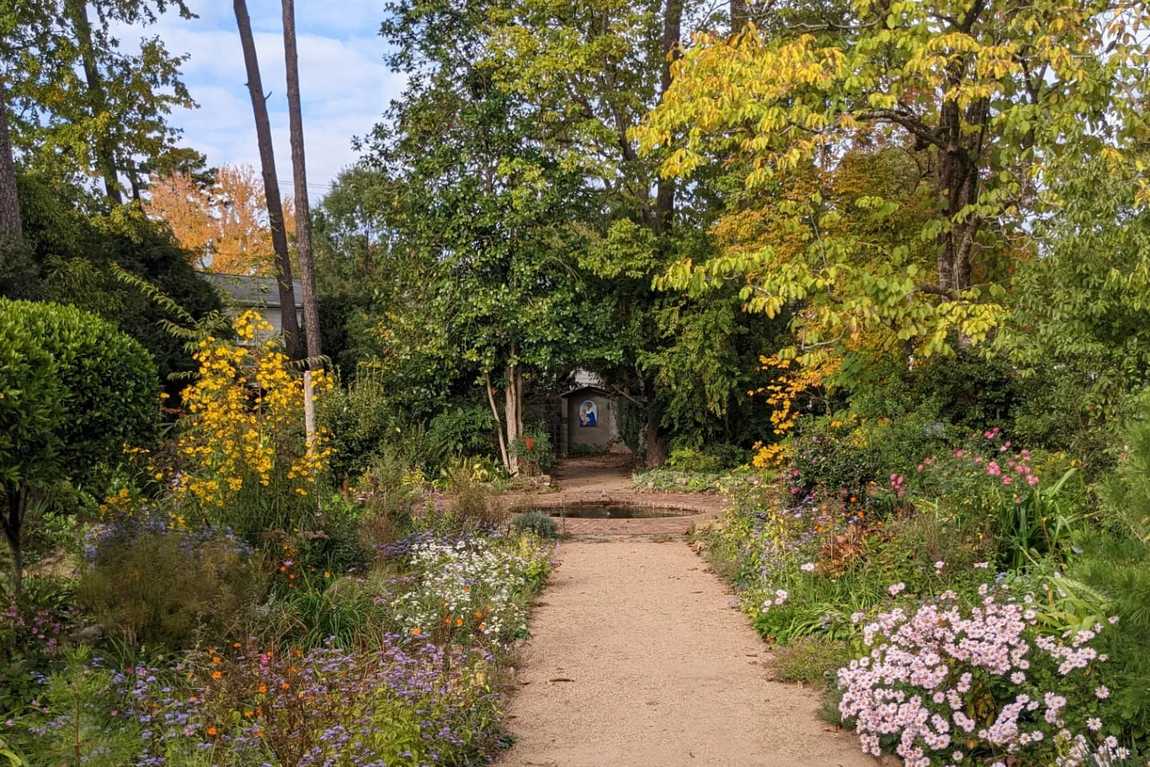 Photo: https://www.facebook.com/WingHaven
Photo: https://www.facebook.com/WingHaven
Best Time to Visit
The best time to visit Wing Haven Gardens and Bird Sanctuary with children is during spring and fall weekends when the weather is mild, and bird activity is high. Mornings are ideal for bird watching, while afternoons offer pleasant garden strolls. The gardens are open Wednesday through Saturday, with special events often held on weekends.
Recommended Duration: Plan to spend 1-2 hours exploring the gardens and participating in activities.
Our Recap
Wing Haven Gardens and Bird Sanctuary uniquely blend natural beauty, wildlife conservation, and educational opportunities. Its rich history, diverse gardens, and commitment to environmental stewardship make it a valuable resource for families, nature enthusiasts, and gardeners. Whether seeking a peaceful retreat or an engaging learning experience, Wing Haven provides a memorable visit for all ages.








